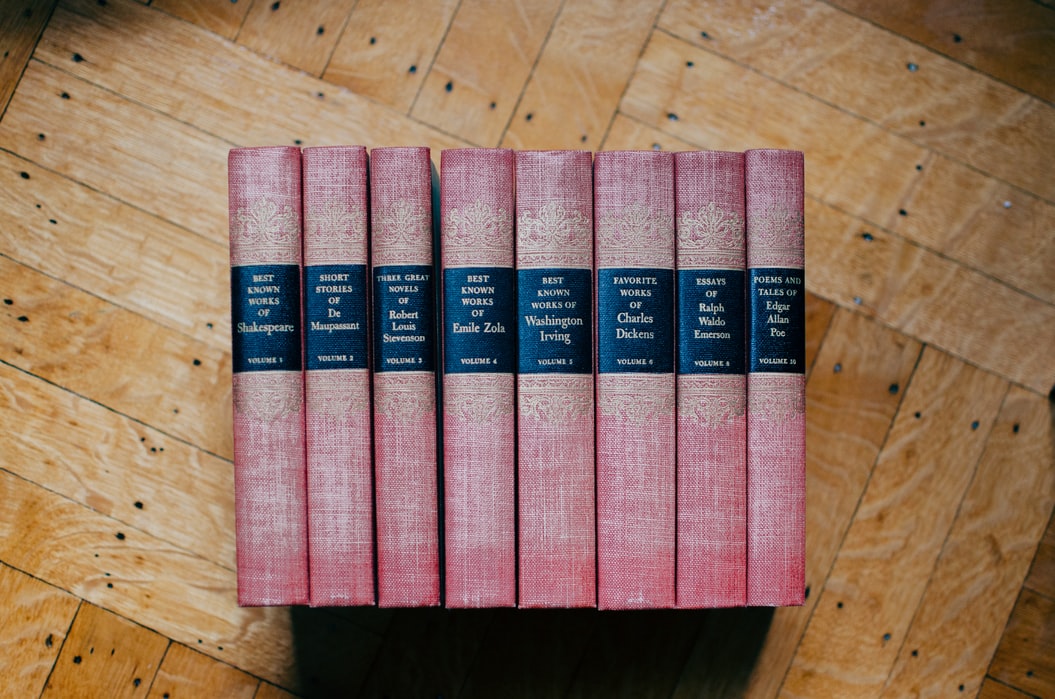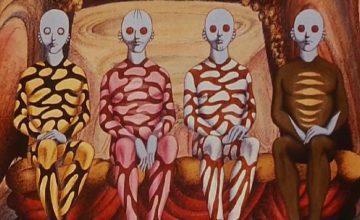I haven’t been on Tumblr for a while. A strange urge to return to my abandoned tumblogs overcame me this quarantine, and one of the things I quickly learned was how much I missed out. (“Wow, people actually still use Tumblr?” I heard that.)
I managed to recover my old blogs, laughing at the posts I’ve reblogged from years ago. I swear, I don’t even remember half the stuff I’ve got there. There’s literature, pop culture, random funny GIFs, cool typography that I said I was gonna try but never did, fanfic prompts, vintage ads and, interestingly, studyblr content.
It was interesting because I only remember hoping to achieve the perfect aesthetics of neatly handwritten notes and colorful pens, well-organized desks and heaps of stationery that stay unused. It’s eye candy, and for the sake of entertainment, I decided to explore the study tags again.
Little did I know that, man, the study community has changed. I saw the usual content from years ago, except I sensed a pattern: neutral colors, Gothic architecture, old books, tragic novels as reading recos, young people dressing up as old people… huh. So this is what they call “dark academia.”
Calm down, it’s not a cult (or is it?) nor is it some sort of horror scholar subculture. Dark academia, according to this Aesthetics Wiki, refers to “an aesthetic that revolves around classic literature, the pursuit of self-discovery and a general passion for knowledge and learning.”
Intrigued, I spent weeks poring over the world of dark academia, and I’ve come to realize a few things about this trend.
It’s Renaissance, but make it edgy and chic
The Renaissance we know from history refers to the rebirth of Classical learnings. Dark academia is sort of like that, except it revolves around literature of specific genres ( including a form of tragedy). I’ve noticed that those participating in dark academia collectively adore Shakespeare’s plays, “Dead Poets Society” and obscure paintings of late artists.
It’s something I’ve also been partially interested in but not quite invested in. To see so many people connecting through their love of this specific kind of art and literature was fascinating, almost intriguing.

Photo from Unsplash
It’s surprisingly low maintenance for an aesthetic
What I’ve come to notice is that this sort of aesthetic comes with a specific palette: not literally dark, as the name suggests, but mainly neutral colors that make it a style that’s pretty easy to cop.
Most ~aesthetic~ moodboards make me happy for one sec then disappointed the next upon realizing how difficult (and often expensive) it is to maintain. Looking at you, cottagecore. But with dark academia, the ’fit styles are surprisingly workable.
Save for tweed jackets (because honestly, who in this country, in this scorching heat, owns a tweed jacket?), you probably already have neutral-colored clothes. Pair a white sweater with black leggings, or gray cardigans with brown skirts and you’re good. Neutral colors make it easy to mix and match your ensemble, too.

Photo from Unsplash
It’s (admittedly) quite Eurocentric
It took me a few days of casually scrolling down the dark academia tags to notice the little things people mention often: consuming more cups of coffee than water, sacrificing sleep to study, admiring mainly Gothic architecture, listening to classical music and glorifying works of literature that are mostly from artists of European descent. There’s also a trend in this subculture to get into new languages (mostly European as well).
Some would call this “classist” or “elitist,” as some users on the platform would undermine creative works that don’t fall under its prescribed Harry Potter-esque vibe. Which is why it’s hard to find people of color in the dark academia community―the aesthetic itself favors things of European origin.

Photo from Unsplash
It’s a revival of a love for learning
In my experience diving into this curious realm, dark academia is eerily beautiful despite its flaws. It’s an aesthetic that looks intimidating at first glance but speaks a simple message: love learning. Embrace the arts and keep reading.
You can participate in dark academia without trapping yourself in the pitfalls that make it “elitist.” People, believe it or not, miss school, and dark academia is one of the coping mechanisms that allow some of these people to enjoy learning again.
My personal advice (both for the baby aesthetes and myself) is, don’t force yourself to like certain books or learn certain subjects just to fit into this aesthetic. It’s fun, sure, but what’s the use of reading every Shakespeare play if you can’t stomach antiquated ideologies? Or what’s the use of learning ancient Greek if you’re not even going to use it much?
Dark academia is fun, yeah, and get into it if you dig it and if it helps you gain a passion for knowledge. Yeah, you do you. There will be no smart shaming in this house.
Don’t overthink whether you’re “dark academia enough,” ’cause it’s more than a fashion trend or a superficial cultured mindset. It’s being in love with the idea of learning, something you can have even without a tweed jacket.
Read more:
Revenge bedtime procrastination is your 2020 self-care trend
10 tips for college freshmen from a graduating senior
Self-care goes beyond face masks and bath bombs
Art by Jan Cardasto
























Comments